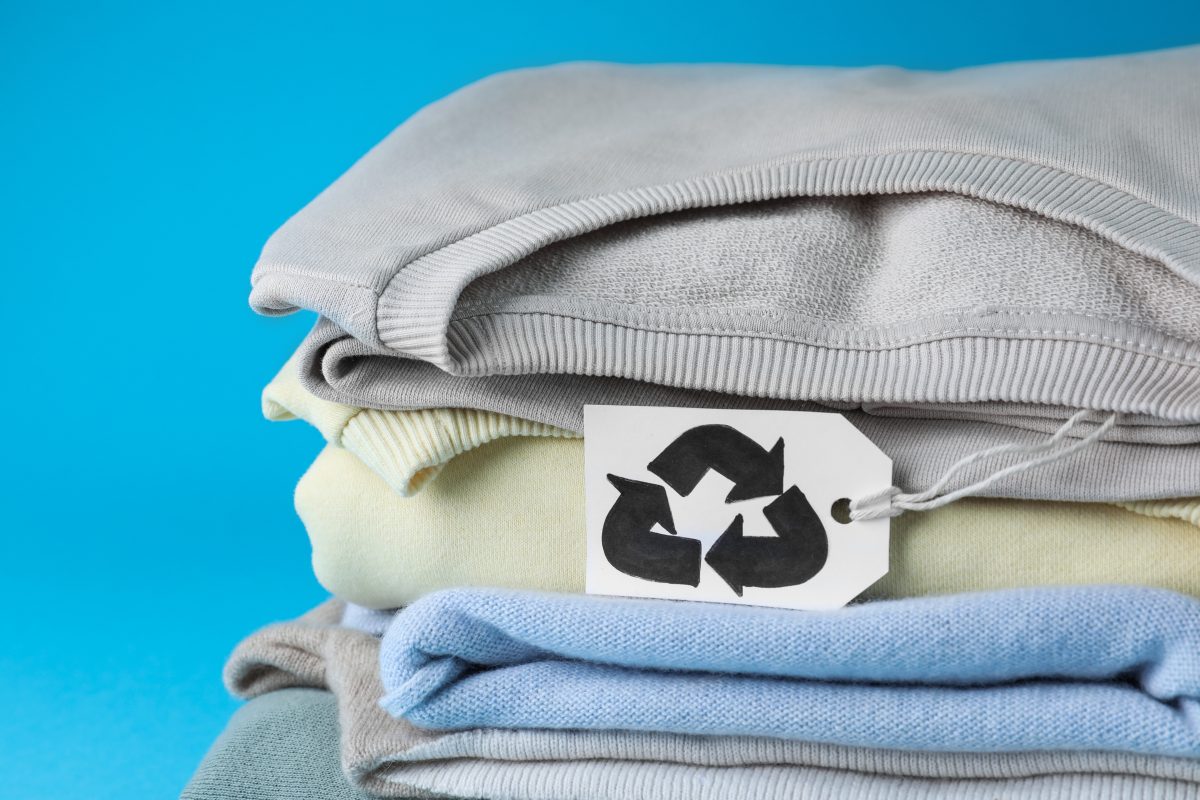Every day more people agree that our current consumerism system is unsustainable; we buy and discard products before the end of their life cycle, without realising the true cost of manufacturing them. This is why at Ecolife by Belda Lloréns we believe that it is important to change today’s habits to go from a linear economy, to a more responsible one: a circular economy.
The textile sector is particularly prone to pollution and waste, and since the fashion industry moves tonnes of product, it is especially important to find ways to reduce the pressure that this sector applies to the environment. According to information from the Ellen McArthur Foundation, 20% of the planet’s waste water comes from dyeing textiles and their treatment processes, 87% of the fibres used manufacturing clothes are incinerated or go to landfills, and 60% of the garments are thrown away before reaching a year since their manufacture. The good news is that we are on the path to improve this situation.
The origin of the circular economy concept: what does it mean, exactly?

Circular economy is a relatively new concept. However, it had predecessors; ideas that inspired our current concept of sustainability. The article published by Walter Stahel and Genevieve Reday-Mulvey, The Potential for Substituting Manpower for Energy, is a great example. It was presented before the European Commission in 1976, and it was where the concept of circular economy was first introduced. The 2002 book Cradle to Cradle: Remaking the Way We Make Things by Michael Braungart and Bill McDonough, continued developing this idea, defending that through redesign, we may achieve a radical change in manufacturing. A few years ago, sustainability seemed to belong in a work of fiction, but each passing day it comes closer to reality.
The European Parliament defines circular economy as a model of production and consumption, which involves sharing, leasing, reusing, repairing, refurbishing and recycling existing materials and products as long as possible. In this way, the life cycle of products is extended.
Continuing in this line, according to the Ellen McArthur Foundation we mentioned earlier, circular economy is a framework of systemic solutions, tackling global challenges such as climate change, biodiversity loss, waste and pollution. The idea is to decouple economic activity from the consumption of finite resources. These solutions are based on three principles:
- Eliminate waste and pollution
- Circulate products and materials
- Regenerate nature
Moreover, it is paramount to successfully transition to renewable energy and sustainable materials; and about the latter, at Ecolife by Belda, we know a thing or two.
Why does the textile industry need to become circular?

The textile and fashion industry is the second most polluting sector in the world, additionally, it requires vast amounts of water to produce fabrics: according to information from the European Parliament, it is estimated that they use 79 million cubic metres of water per year. Moreover, washing synthetic materials generates 0.5 million tonnes of microfibres, particles that end up in the oceans. This figure represents 35% of all microplastics released into the environment.
That is not the end of the textile industry’s environmental impact, given that they also generate high CO2 levels, approximately 10% globally. Sadly, all this cost continues in a loop because of modern fast-fashion consumer habits, where garments have become use-and-discard items, ending up in landfills before their life cycle is over. At Ecolife by Belda, we know the current model needs a change, discover the steps we’ve taken towards it!
Ecolife by Belda’s path to a circular economy
We have developed a global sustainability project, focussed on respect for the environment, good business management, and social commitment; all of it to achieve circular economy within the textile industry. What does this look like, from a practical perspective?
- We recycle garments, provided by clients that will no longer use them, as well as fabric surplus.
- We create recycled fibres from these garments and surplus.
- We manufacture sustainable yarns in a great variety of colours, with no water consumption, no chemical products, and no CO2 emissions. 75% of the energy we use is solar.
- We produce new garments under a label that certifies it is an Ecolife product.
Moreover, we watch very closely the origin of any raw materials we source, such as cotton, and we always strive to make the most of waste that, even if we don’t use, can be exploited by other yarn manufacturers or for another purpose.
If you would like to know more about our recycled products or you have a sustainability project to steer your business towards a new circular future, don’t hesitate to contact us!


